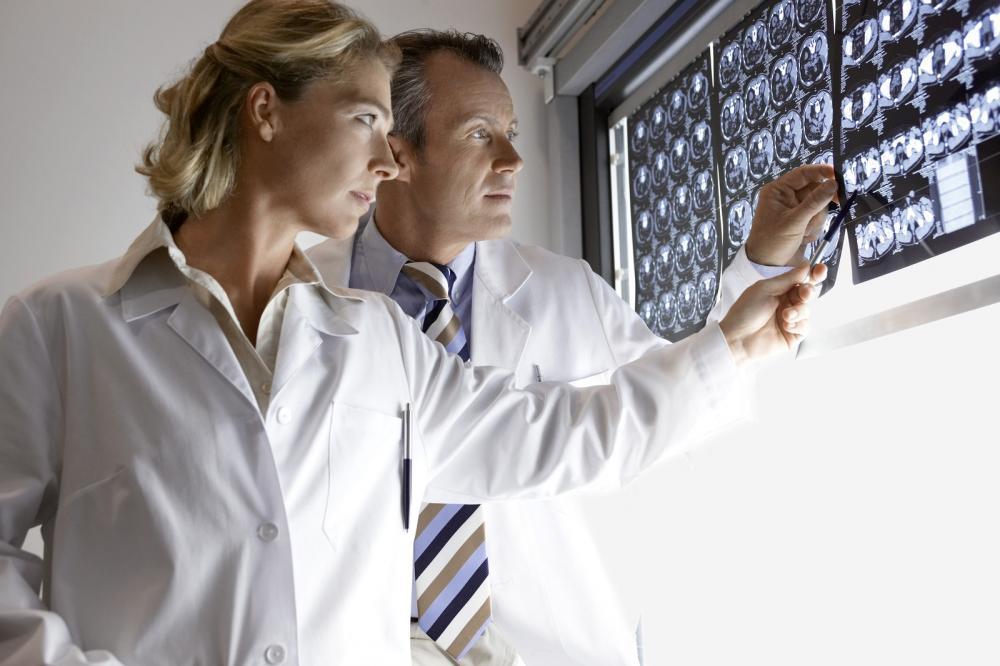When an individual experiences a stroke, the blood flow to their brain dramatically varies. If not addressed immediately, it can increase the chances of disability, brain damage, or could even become life threatening. Understanding and recognizing the signs of a stroke are essential to make sure medical help is immediately sought and administered.
Recognizing the Signs and Symptoms
Acting quickly is important if you suspect that you or someone close to you is experiencing a stroke. Immediate medical attention can prevent long term damaging effects and even save someone’s life. This is the reason it is important that people learn to recognize the signs and symptoms of stroke.
FAST Signs and Symptoms
This acronym helps individuals to remember and identify the warning symptoms and signs of strokes. Whether you are the one experiencing it or someone else, it can help in saving your own life as well as someone else’s.
F: Face Drooping
Smile or ask the person you suspect is experiencing a stroke to try and smile. Notice if one side of the face is drooping. Determine if the smile is uneven or if a side of the face feels numb.
A: Arm Weakness
Raise your arms or ask the person to raise their arms. Determine if there is numbness or weakness on one of the side. If one arm starts drifting downwards, then this is the sign of arm weakness.
S: Speech Difficulty
If you or the person having a stroke is unable to speak properly, or if speech is slurred or incomprehensive then this is another sign of a stroke.
T: Time to Call 9-1-1
If these signs and symptoms can be identified then it is essential that you call 911 or ask someone to make the call for you even if these symptoms and signs go away after a while.
Other Signs and Symptoms
While the above mentioned signs are the typical stroke symptoms, it is also important to remember that a stroke can cause disruption in any nervous system functions. The symptoms can be witnessed on one side of the body and can come and go suddenly. Whatever the case is, it is important to get immediate medical attention. Some other potential symptoms and signs of stroke are as follows:
- Uncontrolled eye movement
- Problems in swallowing
- Stiffness of muscles
- Changes in behavior
- Loss of memory
- Little to no sensation in some or one body part(s)
- Difficulty in understanding speech or difficulty in speaking
- Confusion
- Severe headache
- Dizziness
- Blurred vision or any eyesight problems
- Lack of coordination and balance while walking
- Sensation of ‘pins and needles’ or numbness in body
- Paralysis or weakness in body
It is essential to learn these signs and symptoms of stroke and encourage your family and friends to do so as well. Stroke can happen to anyone at any time which is why it is essential to be prepared. If you have medical issues, it is important you wear a medical bracelet all the time. Make sure your children and loved ones know the FAST signs and symptoms and know how to get immediate help. Being prepared and taking immediate actions can help in saving a life.
Furthermore, it is essential to get regular checkups and seek advice from experts to help prevent stroke and other health issues. You can attain more helpful information and make an appointment for a checkup by visiting http://www.healthonemedicine.com/.

